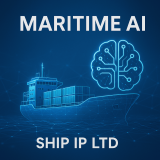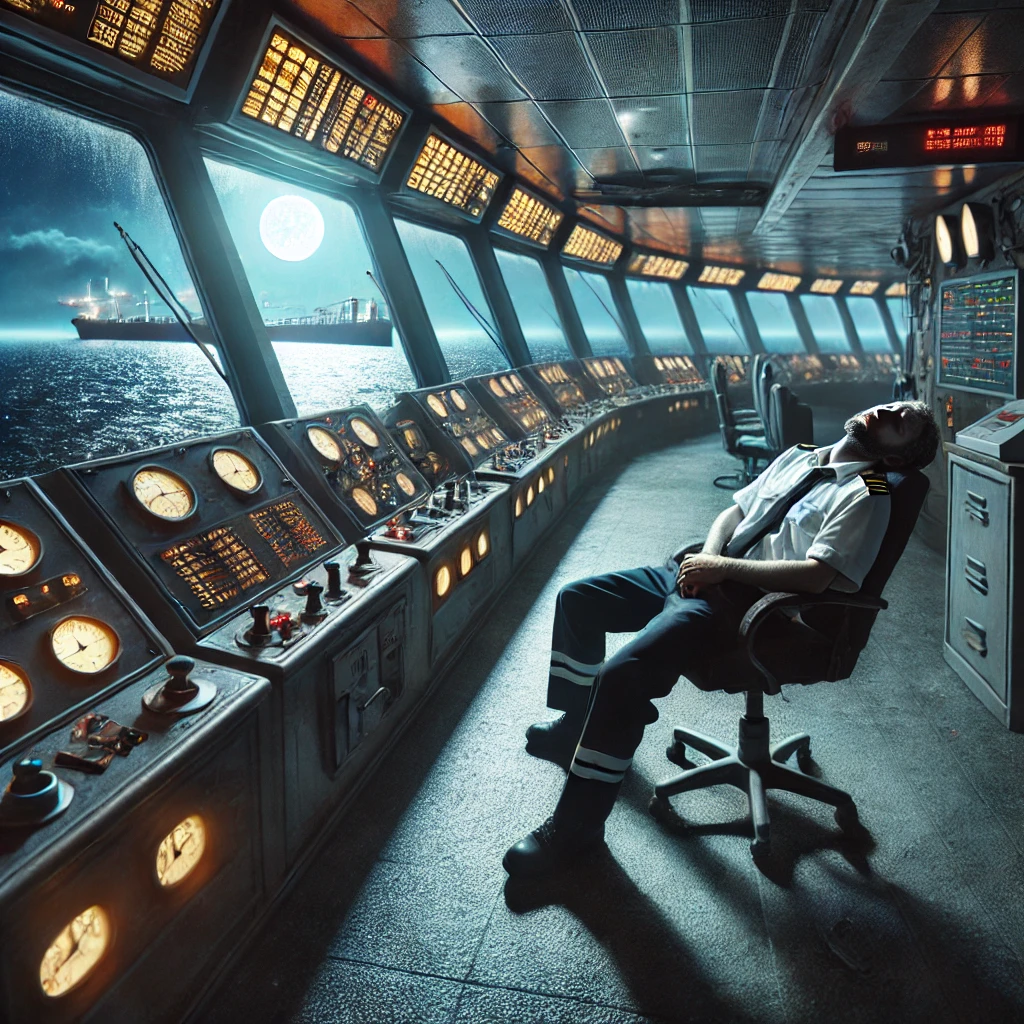Finding Solutions for Maritime Security Challenges in the Tri-Border Area
by Mary Fides A. Quintos
The Philippines, Indonesia, and Malaysia have intensified maritime security cooperation in the Tri-Border Area with the recent launch of the trilateral air and maritime patrols as vital components of the Trilateral Cooperative Arrangement. As experience in the Strait of Malacca and the Western Indian Ocean and Gulf of Aden has shown, coordinated patrols enhance law enforcement and serve as useful deterrence against illegal activities at sea. These regions also provide other lessons in repressing piracy and armed robbery against ships that countries in the Tri-Border Area can draw from. Notwithstanding differences in geography, politics, and resources, relevant initiatives that can be considered and tailored for the region are valuable in arriving at sustainable and long-term solutions for the Tri-Border Area.
The tri-border area: issues and responses
The tri-border area between the Philippines, Indonesia, and Malaysia includes the Sulu-Celebes Sea region, which covers 900,000 square kilometers and hosts approximately USD 40 billion dollars’ worth of cargo annually. The East Kalimantan trading route, in particular, is vital to the Philippines’ energy security, where roughly 70 percent of the country’s coal imports amounting to USD 800 million dollars are transported from Indonesia every year. This high value trade, however, is vulnerable to maritime crimes due to weak governance, high levels of poverty, and longstanding armed conflicts in the area.
The Regional Cooperation Agreement on Combating Piracy and Armed Robbery against Ships in Asia (ReCAAP) Information Sharing Center reported a total of 23 actual and attempted incidents of abduction of crew from ships in the Sulu-Celebes Sea region from March 2016 to June 2017. Out of the 59 abducted crew from Indonesia, Korea, Malaysia, Vietnam, and the Philippines, 2 were killed, 39 were released/rescued; and 18 are still in captivity at the time of writing. It is particularly alarming that the perpetrators were bold enough to attack at broad daylight, and would violently open fire at the targeted ship, crew, and even maritime law enforcers. Moreover, the Abu Sayyaf Group (ASG), an Islamic extremist group based in southern Philippines, claimed responsibility for most of these incidents, which raises concern over their growing reach in the region.
The vastness of the area that needs to be safeguarded and the transnational impact of these maritime crimes propelled the governments of the Philippines, Indonesia and Malaysia to sign the Trilateral Cooperative Arrangement (TCA) on 14 July 2016. Under the ambit of the TCA, rotational naval and air patrols were launched in 2017, and Maritime Coordinating Centers were established in Tarakan, Indonesia; Tawau, Malaysia; and Bongao, Philippines that would serve as operational command and monitoring stations.
The Philippine government, in particular, also implemented the following regulations and guidelines effective June 2017: the establishment of a Recommended Transit Corridor (RTC) between Moro Gulf and Basilan Strait where vessels are required to provide notification to relevant authorities prior to transit and where law enforcement units are deployed to respond immediately to incidents of piracy and armed robbery against ships; the implementation of Safety, Security and Environmental (SSEN) Numbering Systems for all Philippine-registered vessels for improved tracking and monitoring; and the prescription of radio communication equipment onboard Philippine-registered vessels.
What else can be done?
Ship protection measures. According to the booklet on “Best Management Practices to Deter Piracy off the Coast of Somalia and in the Arabian Sea Area (BMP)”, shipowners are encouraged to include several ship protection measures such as deploying additional lookouts on the vessel for enhanced vigilance and watchkeeping; constructing physical barriers at vulnerable access points; using water spray and foam monitors; installing CCTV cameras and alarms; and establishing an internal safe muster point or citadel. Although the applicability of these recommendations varies with every ship type and risk assessment, shipowners have the flexibility to determine what is most appropriate for them.
Involvement of external forces. The lack of a functioning government to deter piracy off the coast of Somalia was compensated by the involvement of extra-regional forces. For example, the European Naval Force Somalia (EU-NAVFOR) conducts nonstop surveillance of vessels transiting through the Gulf of Aden. Also, the North Atlantic Treaty Organization (NATO) Operation Ocean Shield provides naval escorts to transiting ships and facilitates information-sharing between NATO governments and the international shipping community. Likewise, the Combined Task Force-151, which consists of 15 states from Asia-Pacific and Europe, also conducts various anti-piracy missions including patrol operations in the Gulf of Aden.
Countries in and surrounding the Tri-Border Area may now have increased capacity and resources for law enforcement, but as Ian Storey rightly pointed out, year-round patrol operations can be very costly in terms of manpower, hardware, fuel, and maintenance. Thus, assistance from external players can be useful to increase capability and expertise. Signatories to the TCA have already indicated the potential involvement of neighboring states in this initiative. Allowing the participation of extra-regional players, including the major powers, also merit careful consideration in terms of the kind of assistance, timing, and the extent of involvement.
Adequate legal framework. Beyond increased capacity to make arrests, the successful prosecution of criminals is crucial to bring accountability and send a strong signal that the fight is serious and steadfast. The mobility of criminals especially across porous borders underscores the need for legal cooperation among states.
One of the pillars of the Djibouti Code of Conduct (DCoC) is the creation of legal frameworks to criminalize piracy and armed robbery against ships and to make adequate provisions for the exercise of jurisdiction, conduct of investigations and prosecution of offenders. In the pursuit of this objective, inter-agency legal workshops were conducted among parties to the DCoC.
Apart from incidents of piracy that occur in the exclusive economic zone, other types of attacks on ships are not governed by the United Nations Convention on the Law of the Sea (UNCLOS). For instance, violence within the territorial limits of a state constitutes armed robbery at sea, while attacks that are politically motivated may be regarded as maritime terrorism. Hence, international conventions such as the 1988 Convention for the Suppression of Unlawful Acts Against the Safety of Maritime Navigation (SUA), and the 1979 Hostages Convention, among others, aim to supplement UNCLOS and provide a framework for international legal cooperation on prosecution or extradition. These Conventions allow for offenders to be indicted in (1) the territory of the state where the attacked vessel is registered, (2) in the state where the crime took place, (3) in the state of nationality of the offenders, or (4) in the state where the offenders are found after an escape. It is helpful if countries in the Tri-Border Area would ratify these instruments and incorporate them in their national legislations to eliminate places of refuge for offenders. Thus far, only the Philippines has ratified the SUA Convention, and only the Philippines and Malaysia are parties to the Hostages Convention.
Land-sea nexus of crimes. Maritime crimes, in general, are mere manifestations of deep-seated problems on land. Planning, network, and refuge of offenders at sea are also land-based. Analysts believe that the conflict in Aceh and the lack of economic opportunities have led many to turn to piracy in the Strait of Malacca as a source of living. A significant decrease in attacks, however, was correlated to the normalcy in the area following the 2005 Peace Agreement.
In the case of Somalia, although piracy was successfully contained for some years, a resurgence of piracy attacks has been reported in 2017 possibly due to the decreased presence of anti-piracy forces and complacency of shipping companies in implementing best practices. Moreover, instability and food insecurity caused by drought, famine, and illegal fishing by foreign vessels persist.
Sea-based operations, therefore, may only serve as a band-aid solution; maritime crimes cannot be completely eradicated without addressing the land-based sources of the problem.
Conclusion
There is no single formula nor a flawless method for suppressing all types of crimes at sea. Most of the time, the tactics of offenders are so organized and evolving fast that dealing with them requires multiple combinations of innovative and holistic strategies. What works for one region may not necessarily work for others, but there is always value in learning from others’ experiences. Seeking other best practices in combating maritime crimes in the Tri-Broder Area should also be a continuous endeavor, especially since resolving the underlying problems takes time. More importantly, the role of cooperation not only among states, but including the private sector and other stakeholders, should be paramount. After all, security is everybody’s responsibility.
Source: fsi





